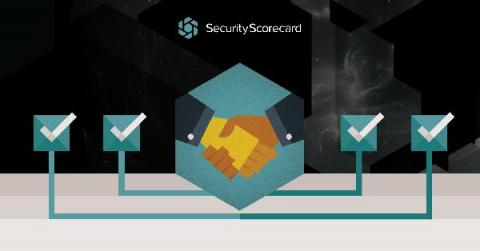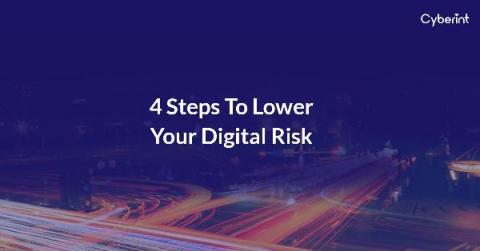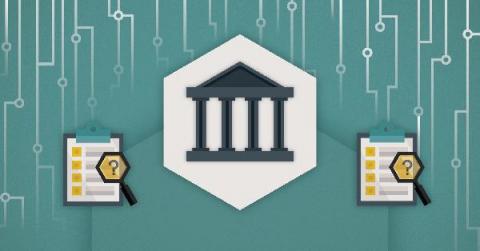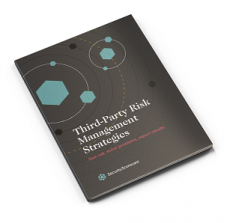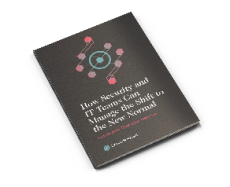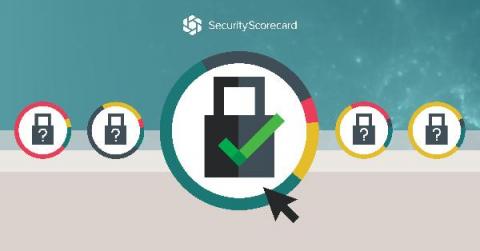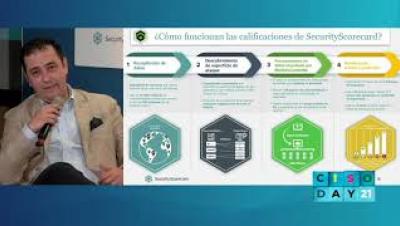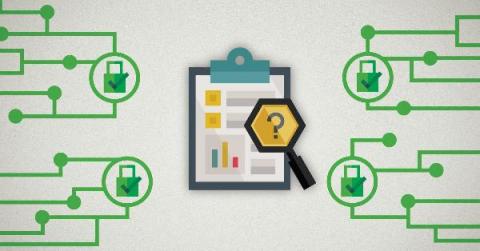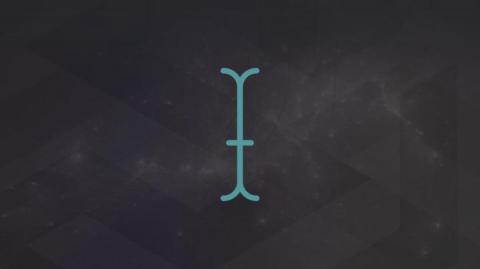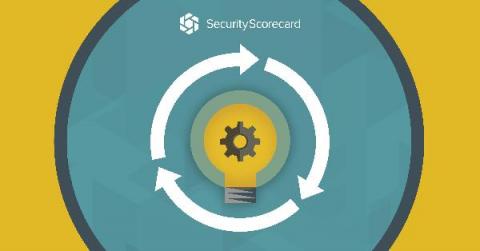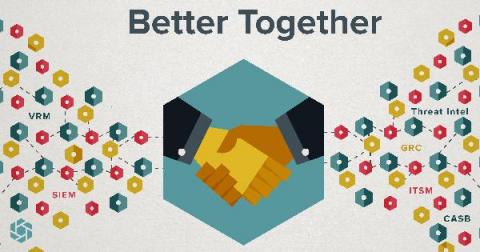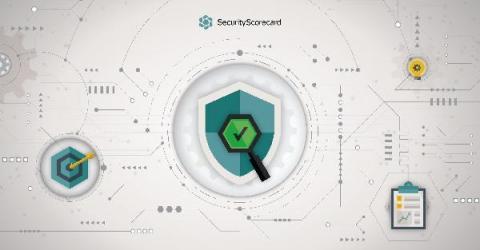Aleksandr Yampolskiy, SecurityScorecard Co-Founder and CEO, introduces Integrate360°, SecurityScorecard's Marketplace of Integrations and Apps. The Marketplace enhances the ability of SecurityScorecard customers to find, manage, and mitigate cybersecurity risk with out-of-the-box apps and integrations to extend the power of SecurityScorecard. We are the first cybersecurity ratings company with over 40 product integrations, security intelligence partners, and professional services. The SecurityScorecard Marketplace brings customers a one-stop shop where they can unlock, discover, and deploy additional trusted partner solutions and pre-built integrations on top of the SecurityScorecard platform.


